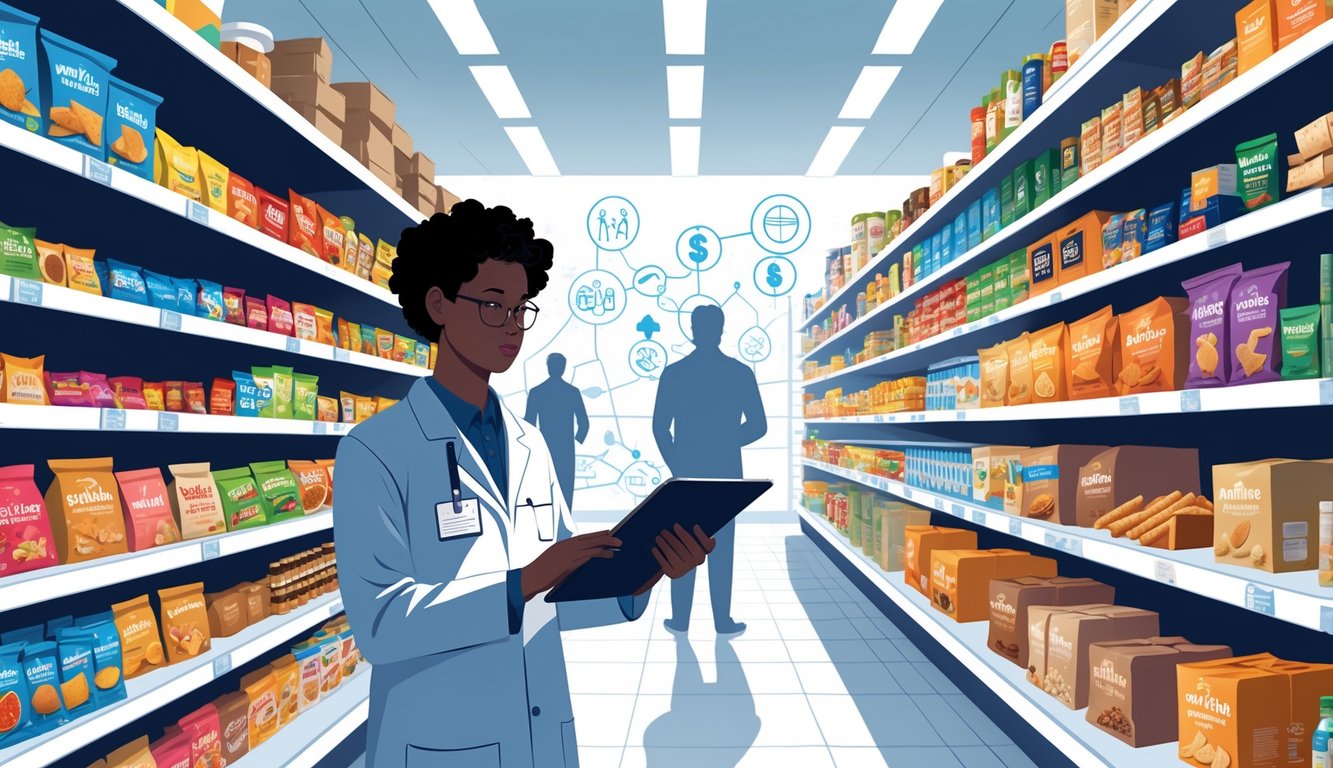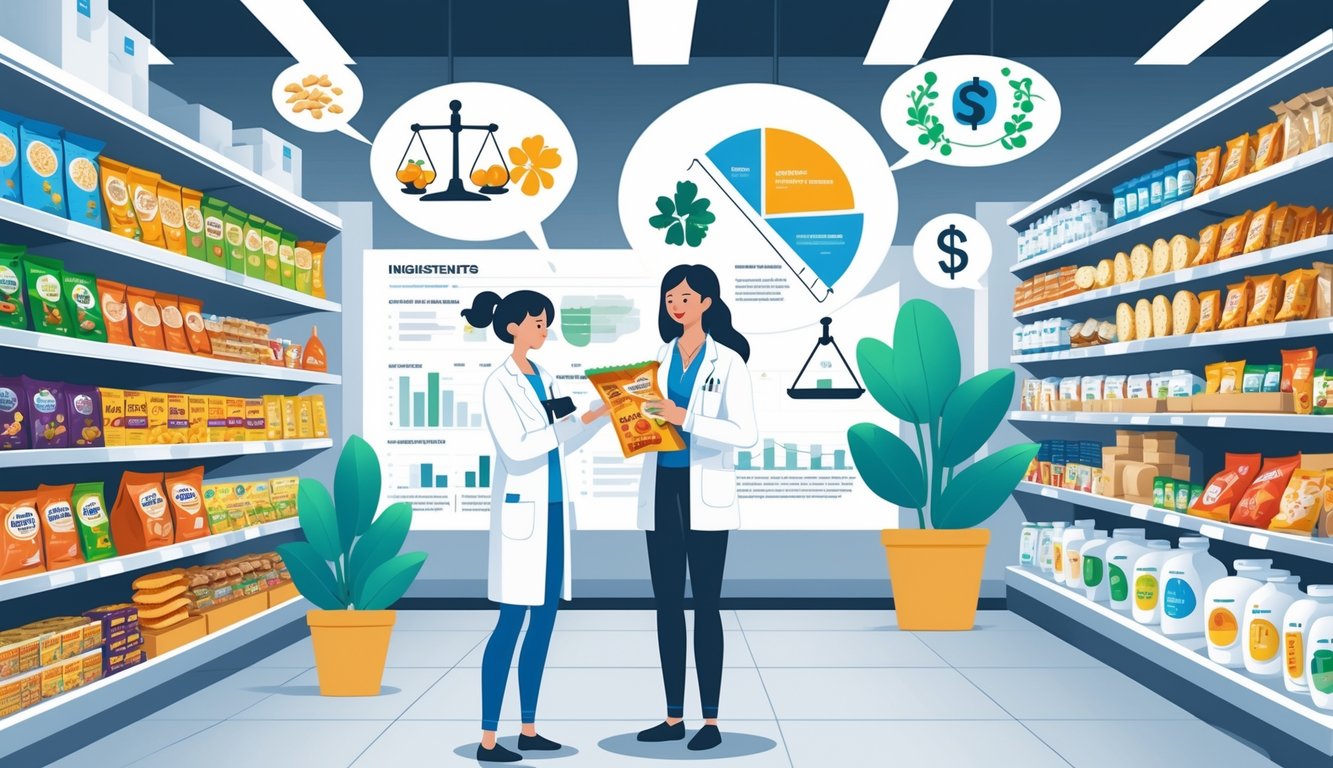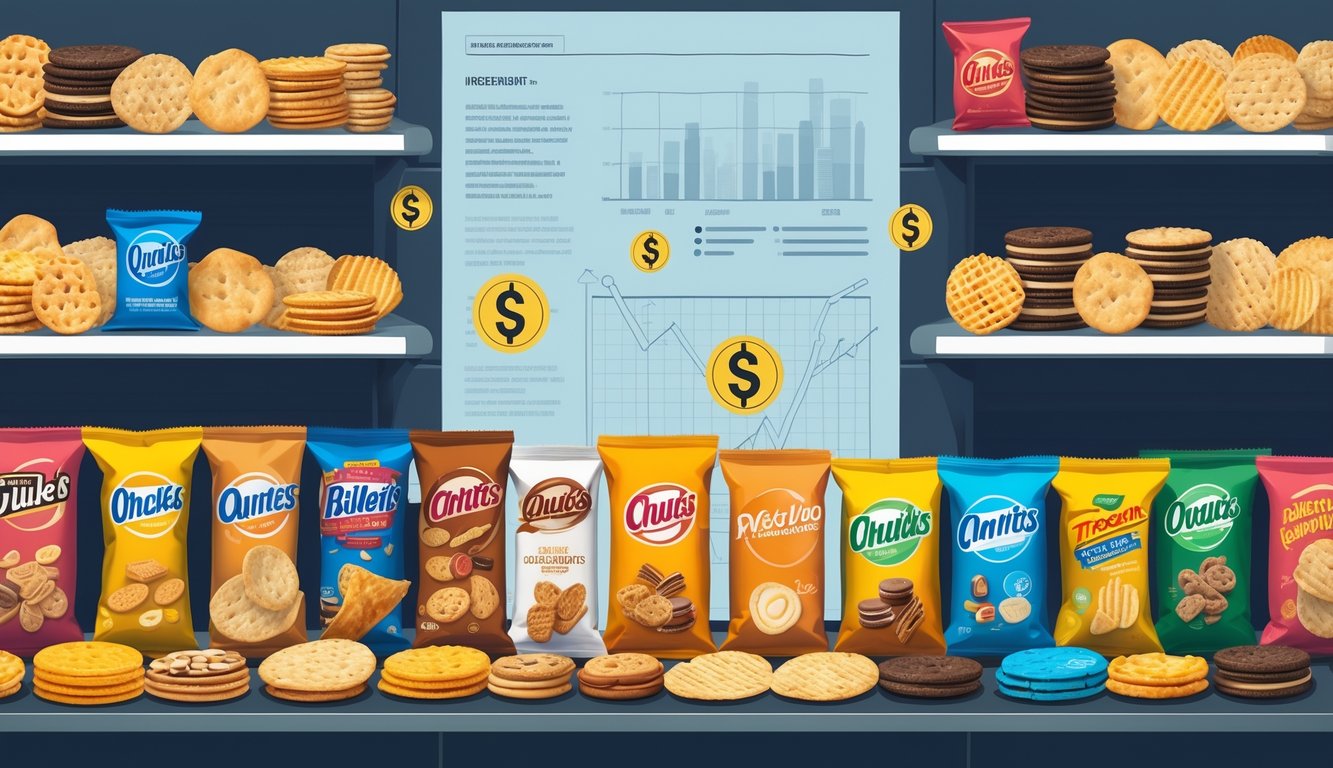
So, I was squinting at the back of my go-to supermarket snack bag last night and, honestly, what even are half these ingredients? Maltodextrin, soy lecithin, stuff that sounds like it belongs in a science lab, not my granola bar. Apparently, there’s a new study out—says 70% of the stuff lining US grocery shelves is “ultra-processed,” and, surprise, the real cost isn’t just what you pay at checkout. It’s your health, metabolism, cravings, all that. I texted Dr. Patel (the nutrition prof who once passed me out of pity, I think) and got back an eye roll emoji and, “If your grandma wouldn’t recognize it, maybe skip it.” Fair.
Here’s the kicker—even the “natural” labels are loaded with weird additives. Those veggie straws? Might save you fifty cents, but your doctor gets the last laugh. Remember that NOVA food system thing? I never do. Something about sorting foods into categories, but all the snacks are in the “ultra-processed” pile. If you ever find a plain apple in that aisle, let me know. Sometimes I think only people who never read labels or, like, compulsively Google “xanthan gum” at checkout survive this snack jungle.
Key Findings From the New Study

So, I tried to dig into this study, and honestly, the ingredient lists are a nightmare. Like, you need a spreadsheet just to keep up. Price hikes? They’re buried in there too, hiding behind “simple” foods. Packaging never just says, “Hey, this costs more because we loaded it with cheap fillers.” Nah. You just pay more and maybe get a stomachache.
Major Snack Ingredients Identified
Wander down the snack aisle and it’s the same suspects: corn syrup, modified starch, sunflower oil. Good luck finding a cracker or “protein” bar without palm oil or soy lecithin. Barabasi from Northeastern says 70% of products are now “ultra-processed.” Nobody’s warning you about the weird mix of artificial flavors or stabilizers that sneak in under names you can’t pronounce.
Anyone else notice ingredient lists are way longer than when we were kids? It’s like, “Oats, sugar…wait, what’s maltodextrin?!” And don’t get me started on colorants—“natural” sounding, but who knows what they really are. Whole foods? Basically extinct in the snack section.
Methodology and Data Sources
Apparently, these researchers didn’t just wing it. They dug through ingredient lists, supplier docs, price trackers—stuff normal people never see. They used that NOVA thing (again, I never remember the categories) to split foods by processing level.
They didn’t just look at the best-sellers either, which, okay, matters. They sent surveys straight to manufacturers—so, less chance for companies to fudge the numbers. Even the IFIC’s new survey says over half of us now just eat snacks as meals. Maybe that’s why I’m always hungry.
Summary of Research Results
What’s a snack, even? Three-fourths of supermarket snacks are “ultra-processed,” and the study says those cost up to 18% more than similar whole-food snacks. Checked the numbers twice. It’s not subtle. The more processed, the pricier—both for your wallet and your body.
Manufacturers claim it’s about shelf life or “what customers want,” but nobody mentions that these new formulas jack up supply chain costs. Recipe changes and price hikes? They go hand in hand. Protein snack sales alone jumped $24B, and price-per-ounce keeps climbing. Yet, nobody’s talking about the weird supply issues with dried dairy or imported gums. It’s always some mystery ingredient quietly upping the price.
Get this: 64% of people would pay extra for “eco-friendly” processed ingredients. (Mondelez, 2024.) I’m not judging—I do it too. But unless you’re a food scientist or just really bored in the snack aisle, you’ll never spot these cost jumps.
Hidden Costs in Popular Supermarket Snacks

Tell me I’m not the only one who thinks potato chips taste cheaper every year. Ingredient swaps, smaller bags, higher prices—it’s like a weird magic trick. Inflation, labor messes, supply chain drama, and now, apparently, new studies. Brands keep tweaking recipes and quietly pass all those costs to us, and half the time I don’t even notice until I’m at the register.
Rising Production and Ingredient Costs
So, food industry notes from April 2025—yeah, I read those now, apparently—say manufacturers are finally admitting it: palm oil, wheat, artificial flavors, packaging, all cost more. That’s why my favorite cookies tasted like cardboard last winter. “Skimpflation” is the word. It’s not just about smaller bags—it’s about swapping real ingredients for cheap fillers. Philip Loring says, “Inflation’s made supermarket shopping a math test.” Sunflower oil gets replaced with some random blend, and somehow I’m footing the bill. Nobody tells you.
Impact on Product Prices
Receipts don’t lie. There’s always a “sale,” but price-per-gram creeps up. Consumer price index for snacks? Outpaces wage growth every year. That bag of pretzels I bought last week? Weighed less, cost 9% more than last summer. My friend in procurement says companies reformulate snacks to keep prices just under those magic numbers—$2.99, $4.49—never actually cheap. No sign ever says, “Congrats, you’re paying more for less!” It just happens, and my grocery bill keeps climbing. If snacks were still cheap, I’d eat cookies for lunch, but nope.
Analysis of Purchasing Power
Purchasing power? Feels like a joke. Used to fill a bag with snacks for $10. Now? Two sad granola bars and regret. Inflation’s sneaky. Economic charts say my money’s worth less, but nobody needs a chart to notice. Old products cost more, new ones are smaller or have weird ingredients, and the numbers just keep going up. My cousin—fixed income—texts me, “Did granola bars always taste like air?” It’s funny, but also, yeah, they’re engineered for shelf life, not taste. Even the official price index is always behind what’s actually happening at checkout. Hidden costs everywhere, and we all feel it.



